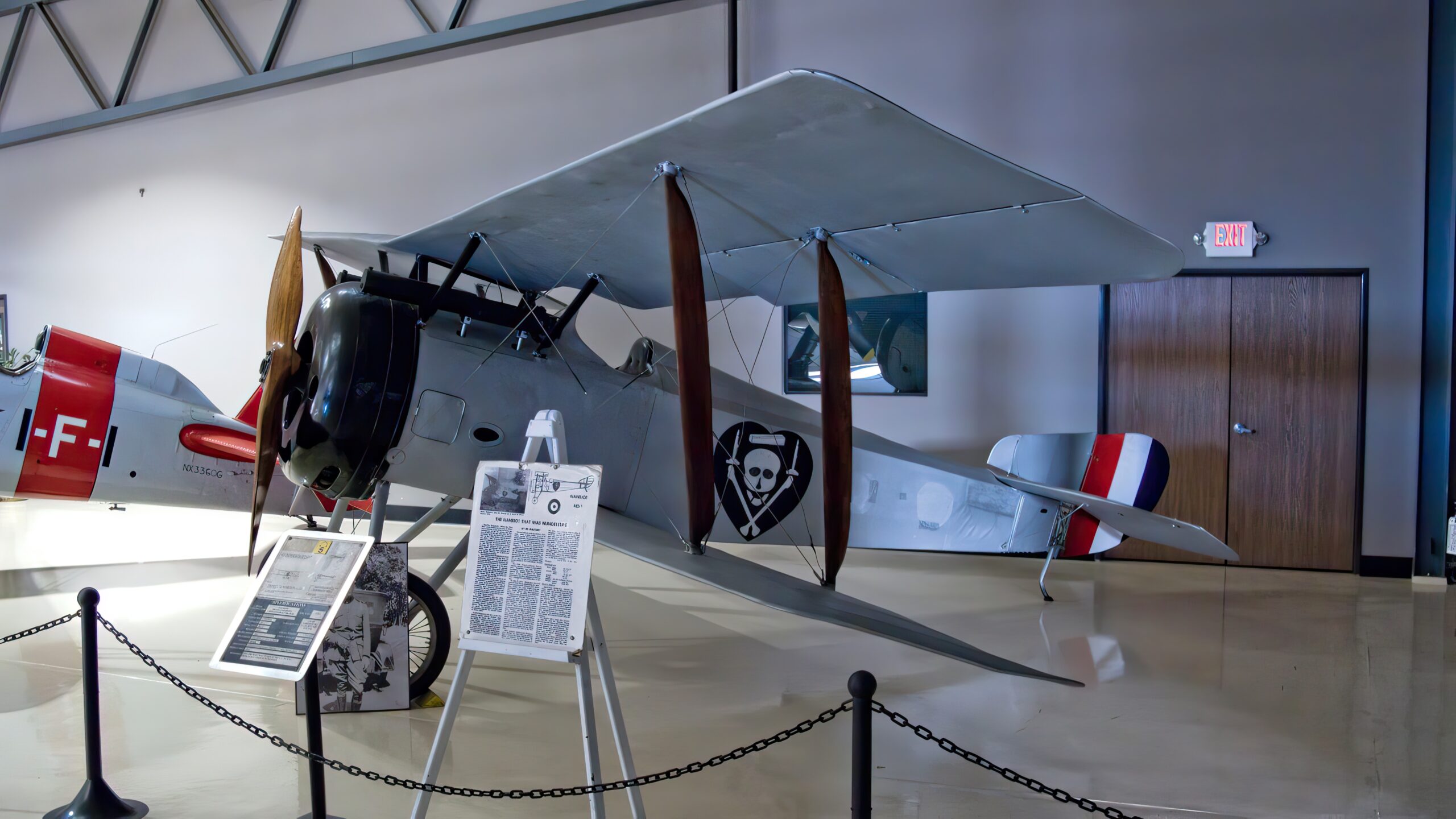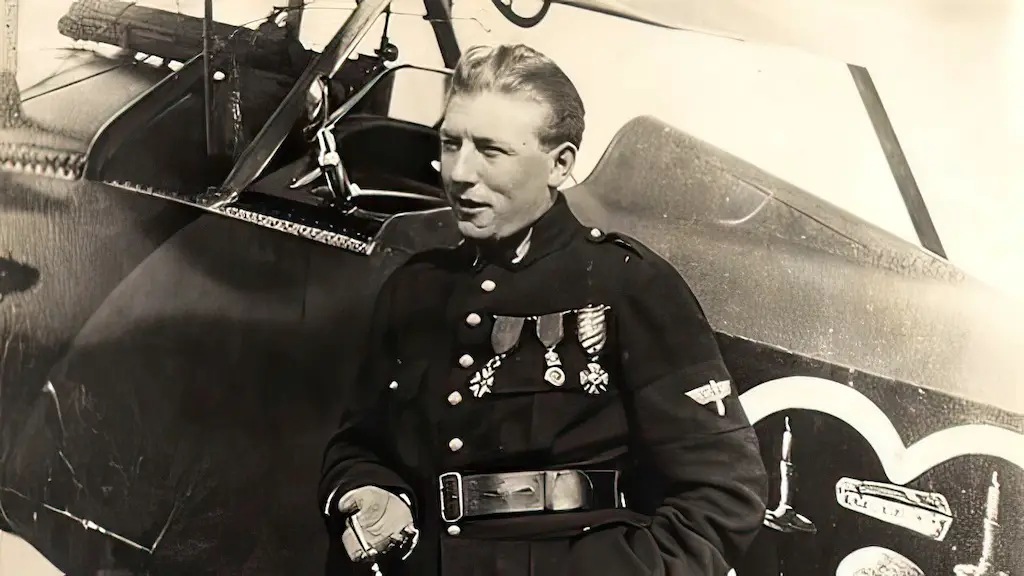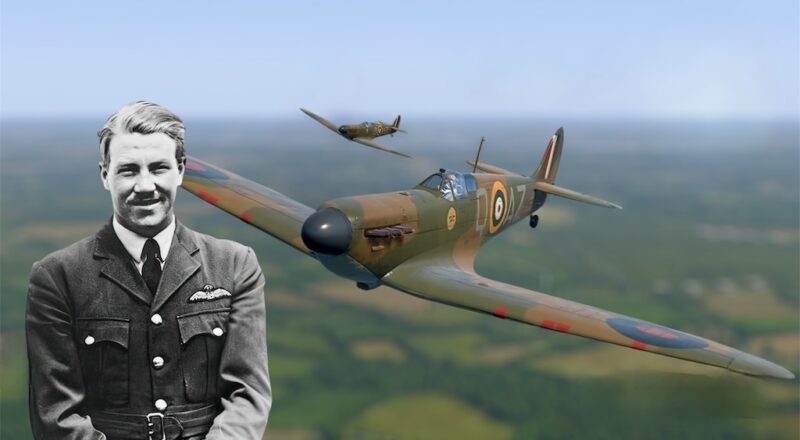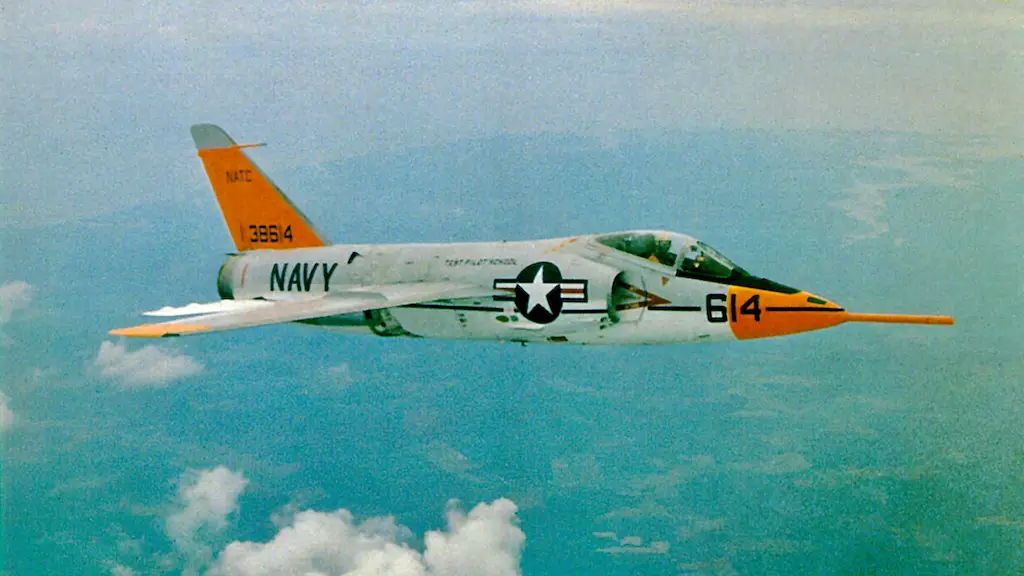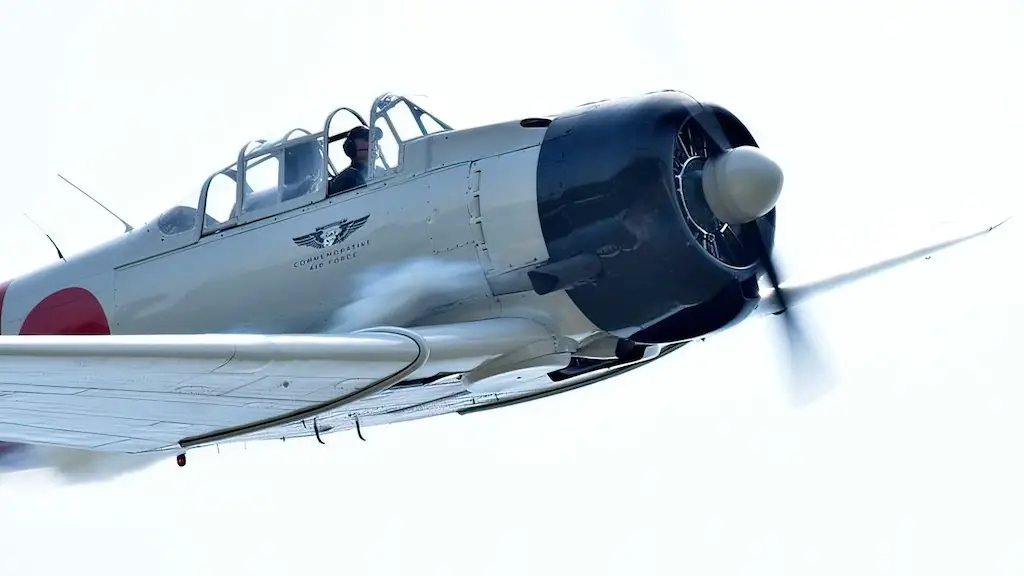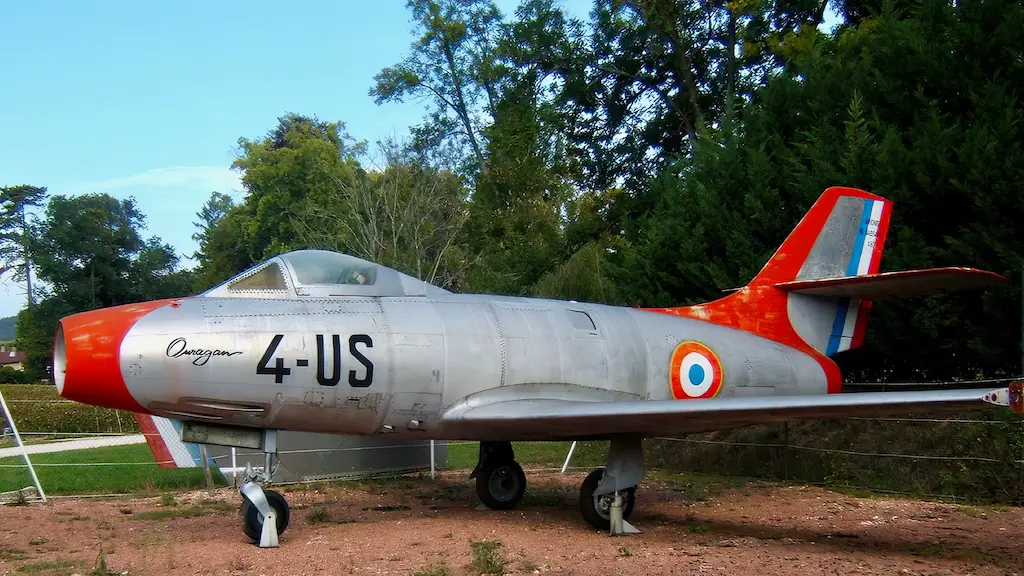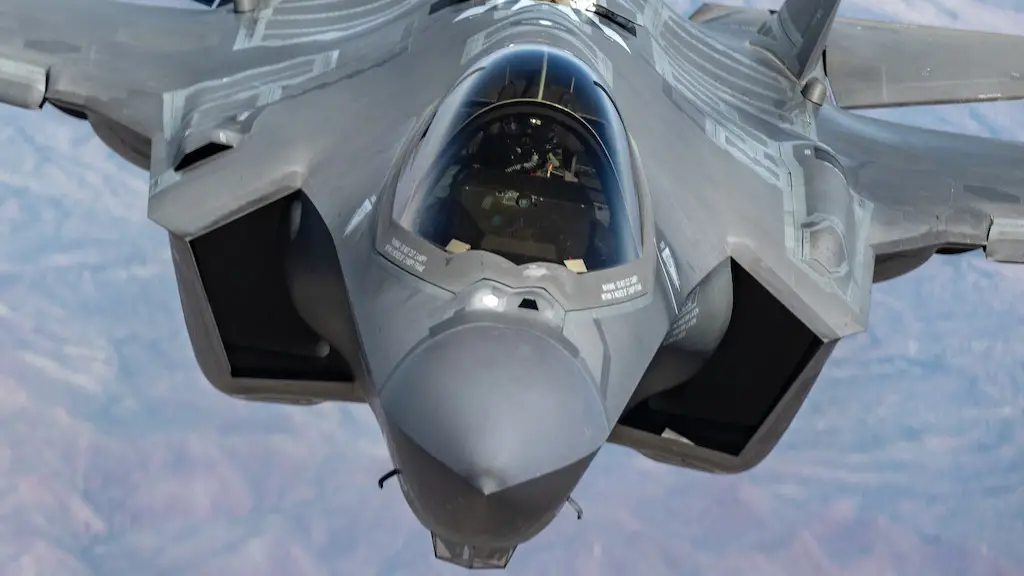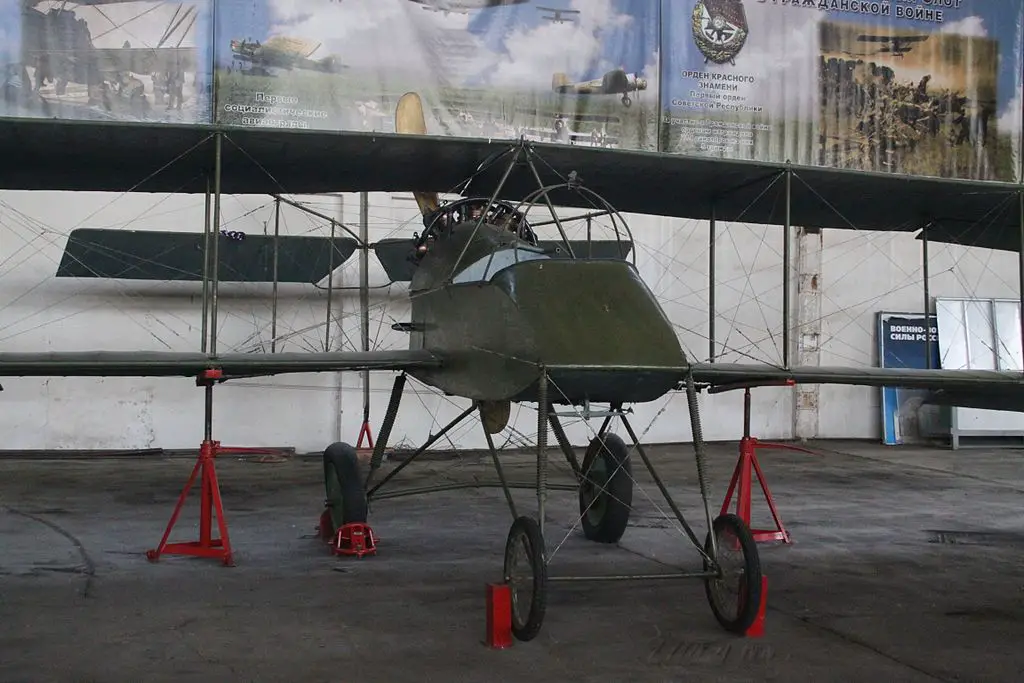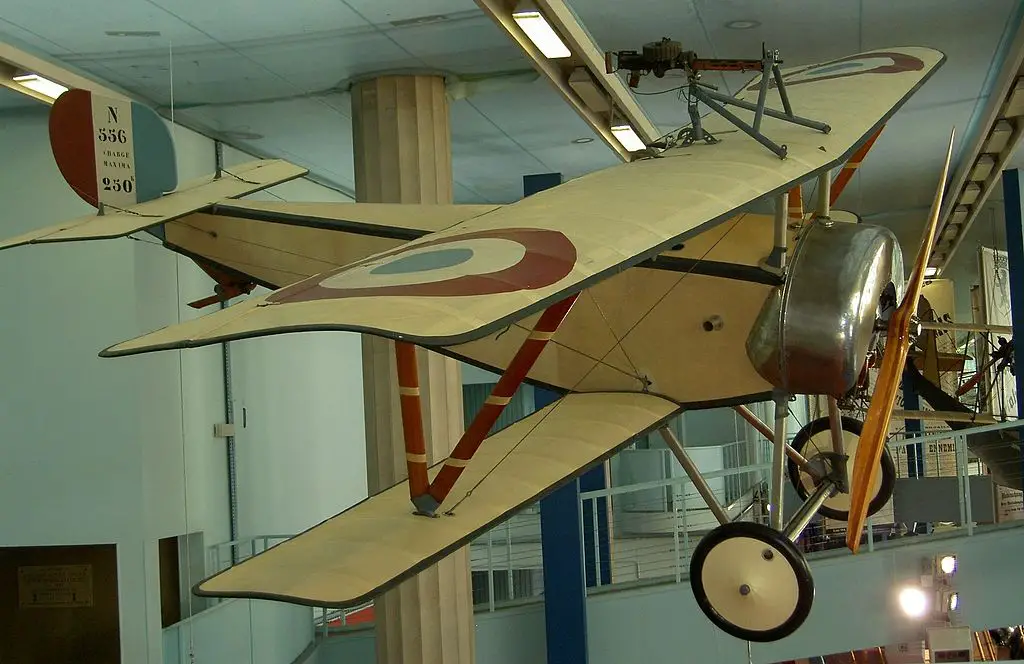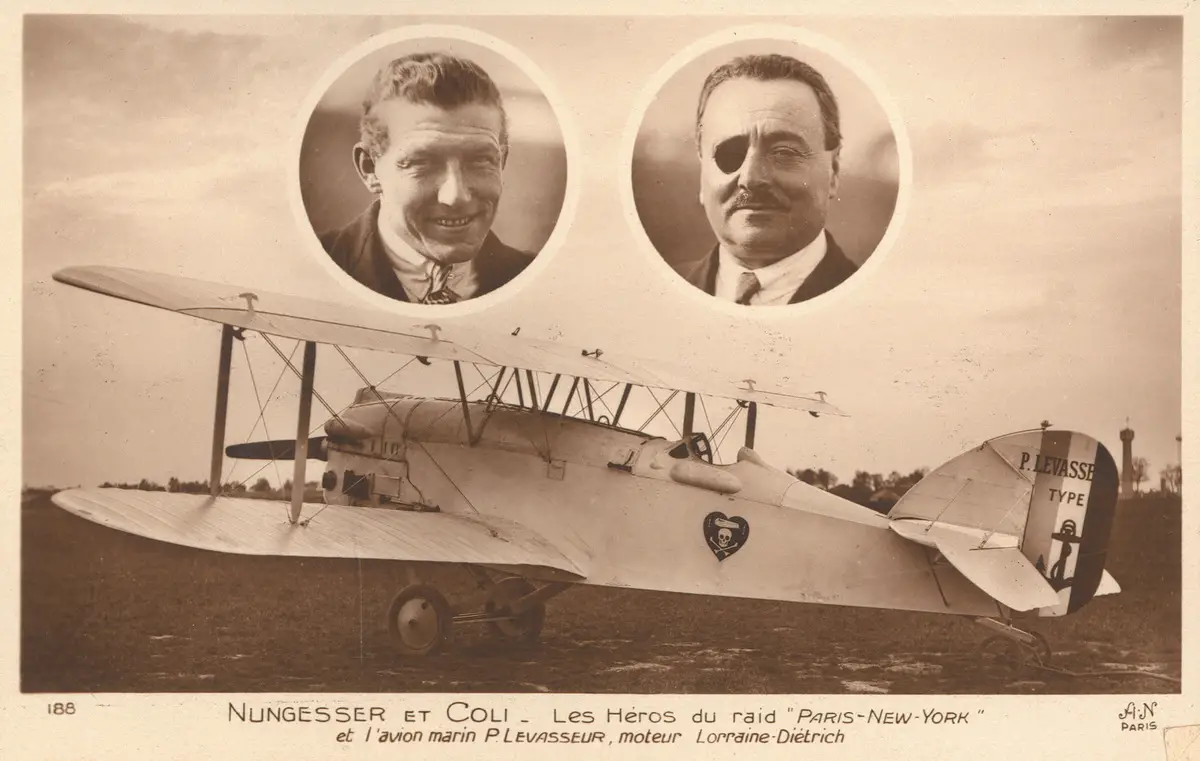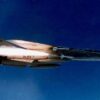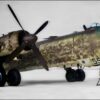Many of the most brilliant flying aces were very calm and reserved, even shy people in their daily lives. But definitely not Charles Nungesser. He was an archetypal maverick fighter pilot, a true knight of the skies. His whole life, albeit a rather short one, has been full of risk, adventure, and daredevilry both in the times of peace and in the times of war.
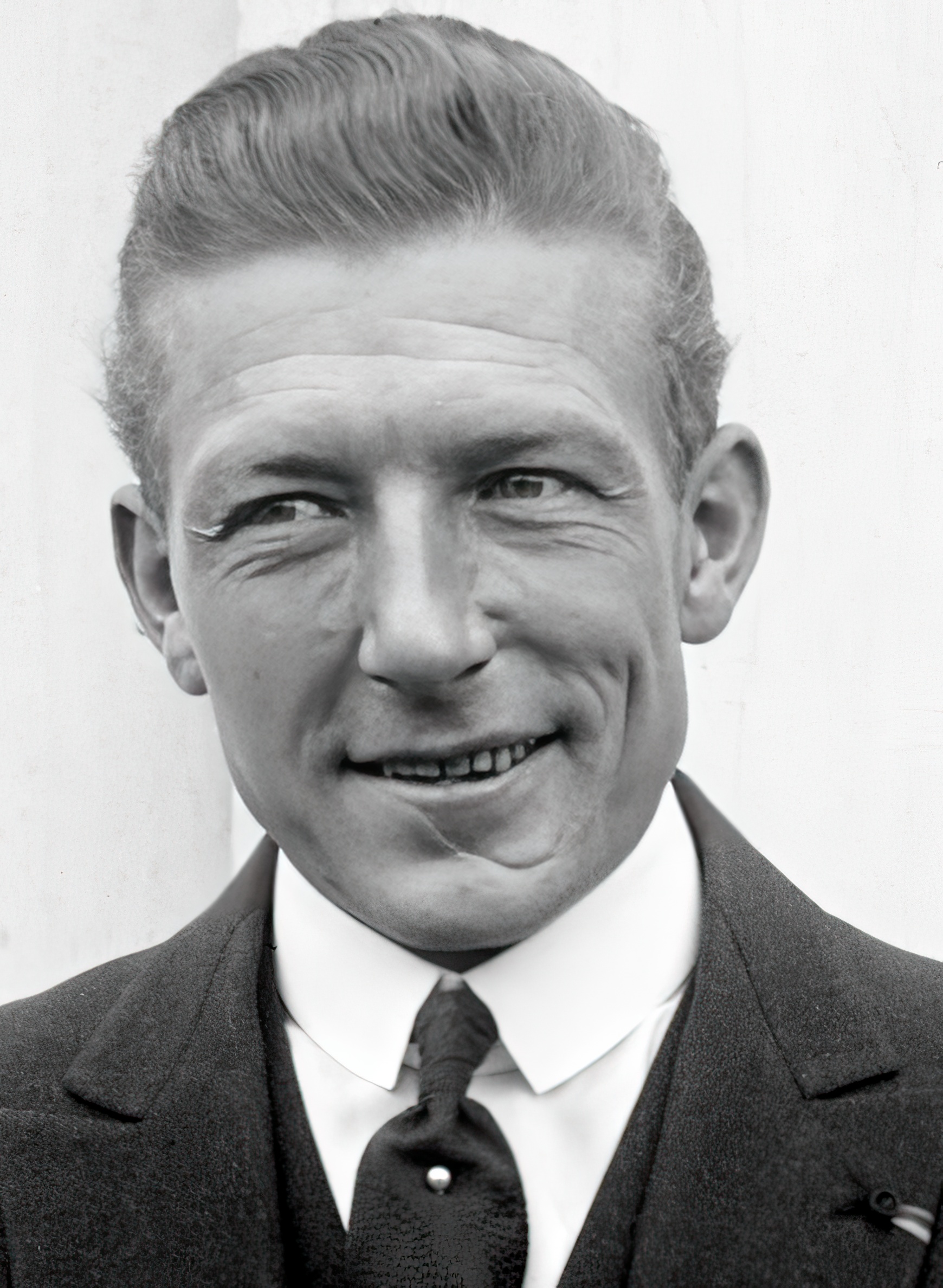
An adventurous spirit
Nungesser had a passion for sports, travel and adventure from his very early years. While still a teenager he, like some character from Jules Verne’s In Search of the Castaways, pulled up stakes and went to South America to find his uncle who had a sugar plantation there. In Buenos Aires he worked as a mechanic and soon got to be a professional car racer. It was also there that he first tried flying—in a Blériot airplane.
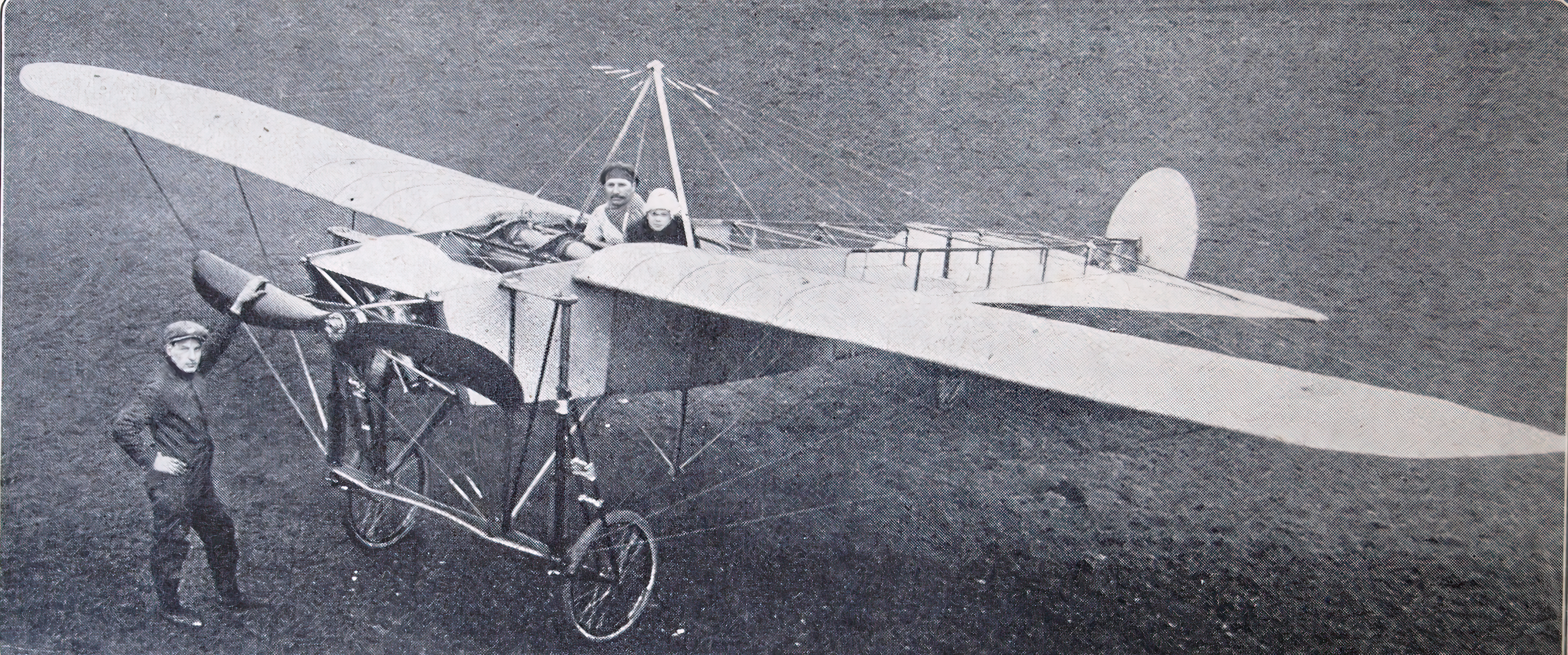
An insubordinate knight of death
Despite having some flying experience, Nungesser, like many aces of the Great War, first joined the French army as a regular ground soldier: he enlisted with a cavalry regiment. There Nungesser soon distinguished himself in a successful attack on a German patrol car. Shortly thereafter, he filed a request for transfer to the Flying Service, which was granted in November 1914.
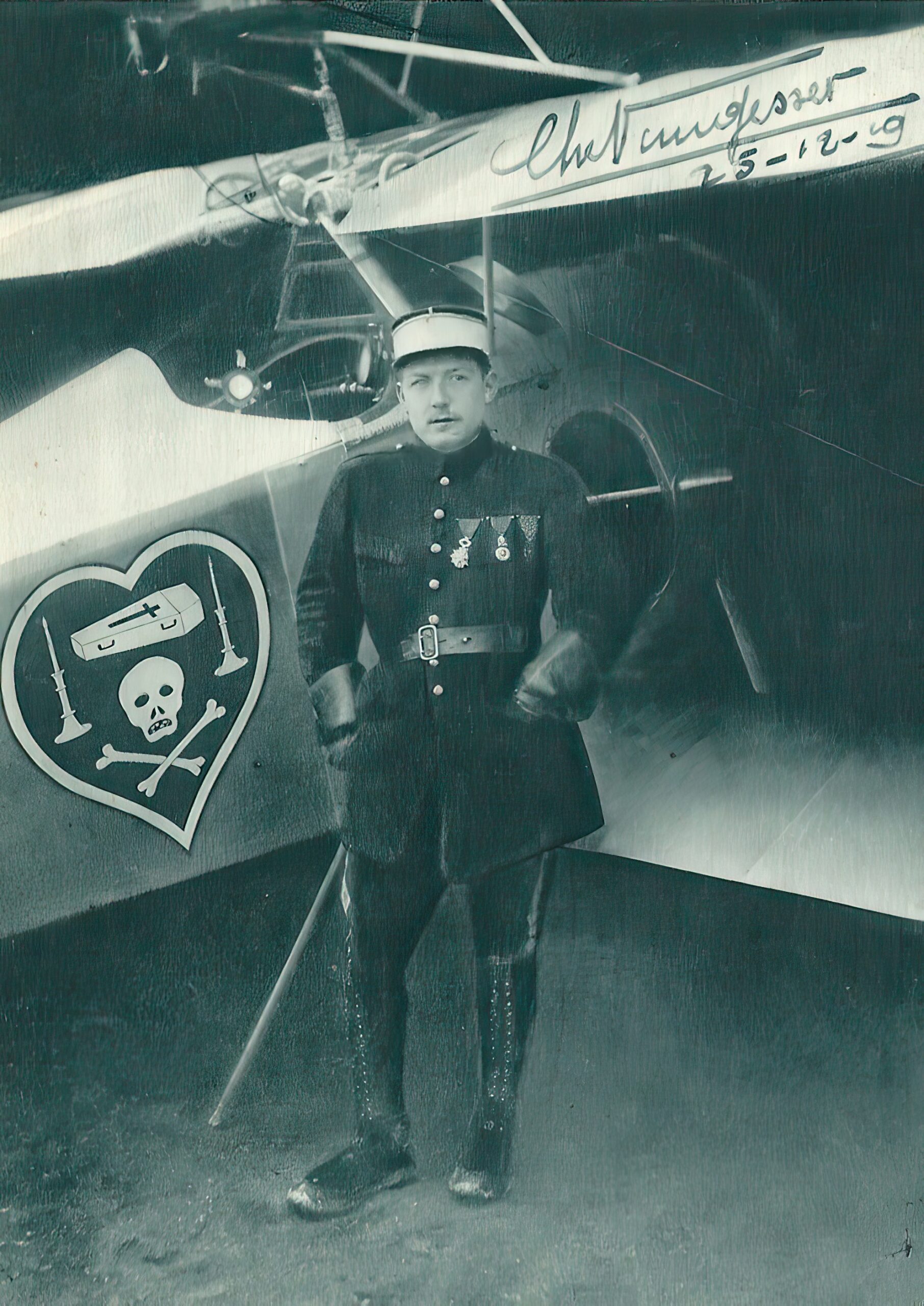
Reporting to the squadron in April 1915, Nungesser started flying Voisin Type 3 LAS. In July he shot down his first enemy plane. He did that in his typical wayward manner: despite being assigned to non-flying duties on that day, he jumped into a plane parked on the airfield, took off and destroyed a German Albatros. That first victory brought Nungesser eight days of house arrest and a Croix de Guerre award.
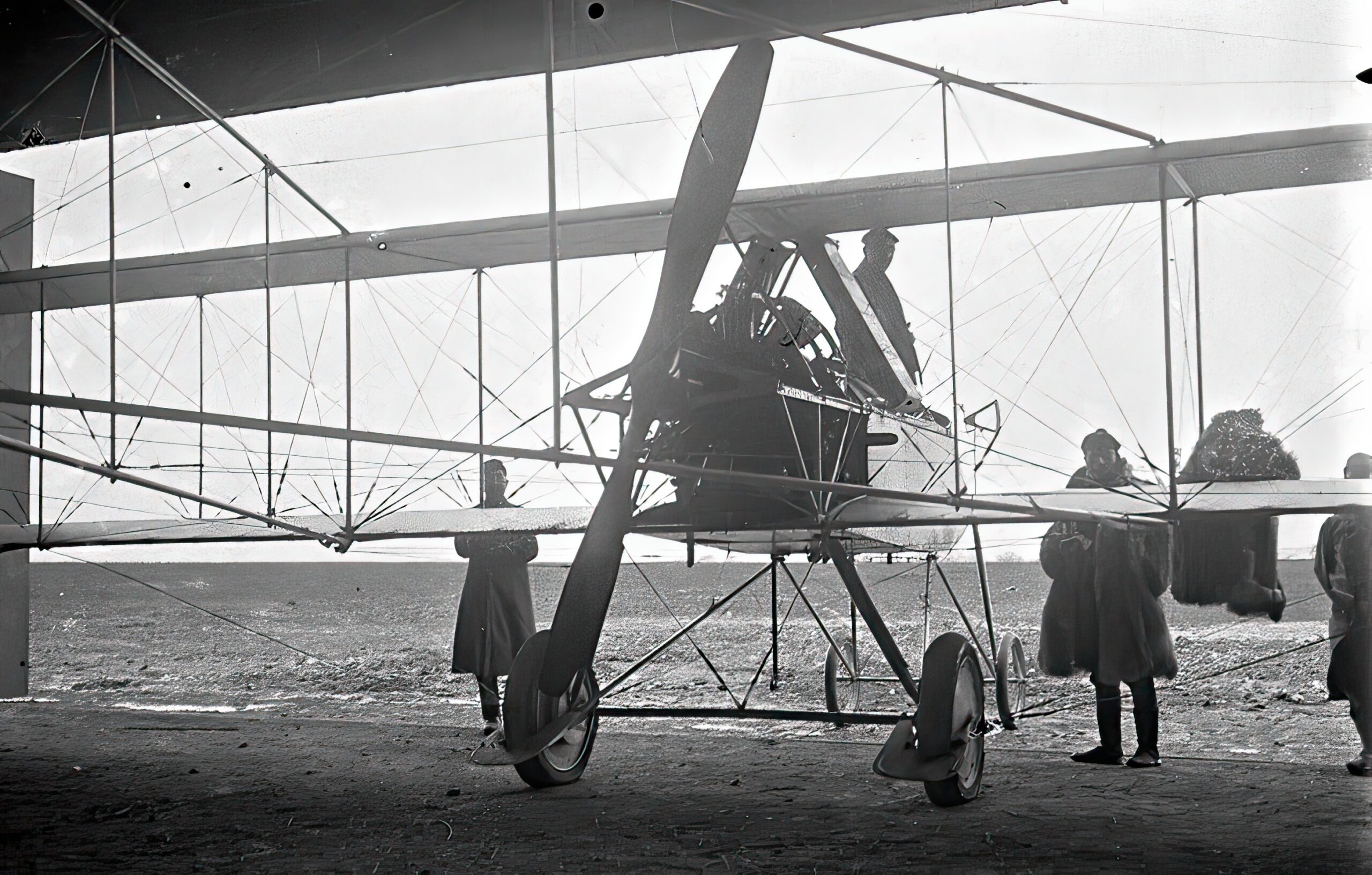
Growing Victories
As the number of his victories grew, Nungesser painted the fuselage of his Nieuport 11 with a menacing picture featuring a bullet-punctured skull and crossbones, complemented with candles and a coffin. He also developed his personal favorite attack tactics involving a whip stall. He would get above the enemy aircraft, dive down sharply gaining a huge speed, pull out of the dive slightly below his opponent and then fire at the German airplane’s belly. By the end of 1916, he had scored over 20 aerial victories.
Nungesser managed to combine the life of a frontline fighter pilot with that of a playboy, a partygoer, and a flamboyant socialite rumored to be intimate with legendary spy Mata Hari. While his frontline feats included scores of downed Albatroses and observation balloons, his night life adventures were almost just as impressive. Nungesser oscillated between the combat zone and Paris, hanging out in bars between death-defying missions. Sometimes he would show up at the airfield still wearing a tuxedo.
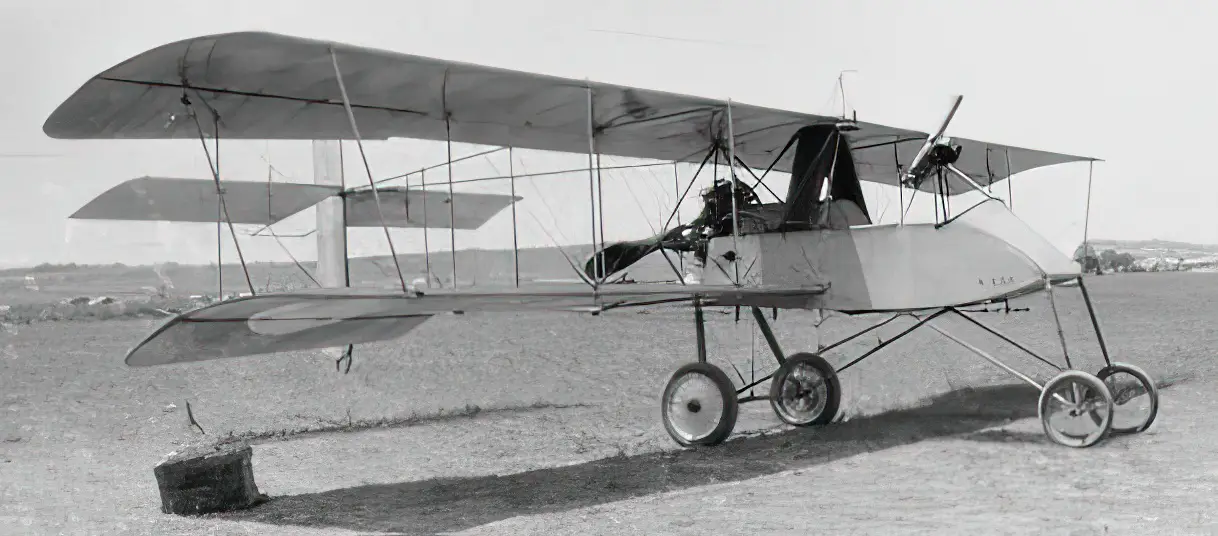
An ace on a cane
Nungesser never hesitated to charge into attack, and list of his combat injuries grew just about as rapidly as the list of his victories. It included such points as skull fracture, multiple jaw fractures, several bullet and shrapnel wounds, and a dislocated clavicle. In January 1916, his leg was injured so badly that he had to use a cane for walking ever after.
However, even that did not prevent him from fighting in the air. Nungesser went on flying combat missions until August 1917, when yet another serious injury spelled the end of the war for him. When the Great War ended several months later, he was still the third top-scoring French ace with at least 43 aerial victories.

The last flight
Even though he quit the war slightly earlier, that didn’t mean that Nungesser was done flying. Despite all his injuries, he was as energetic and hungry for adventure as ever. In the post-war years he continued to travel and engage in all sorts of daring enterprises, including an attempt at making a career in cinema.
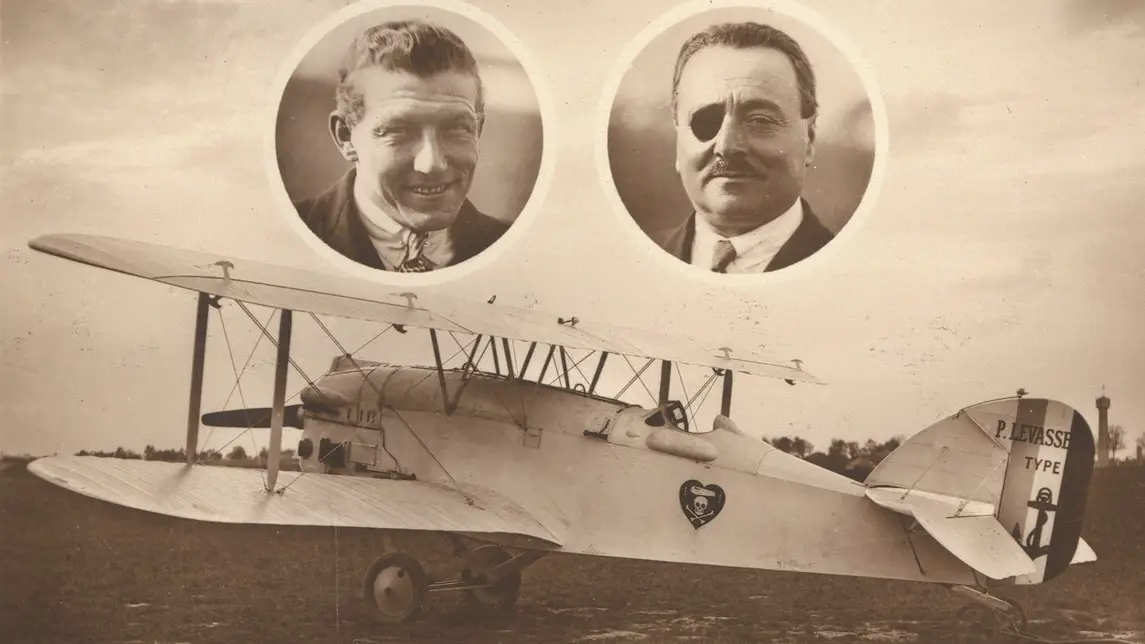
When a New York hotelier announced a $25,000 prize for the first non-stop flight between Paris and New York, Nungesser took the challenge. Together with another renowned aviator, François Coli, he took off from Le Bourget outside Paris on May 8, 1927, and headed towards New York in Le Oiseu Blanc (the White Bird) biplane. Alas, they never reached their destination and were never heard from again.
